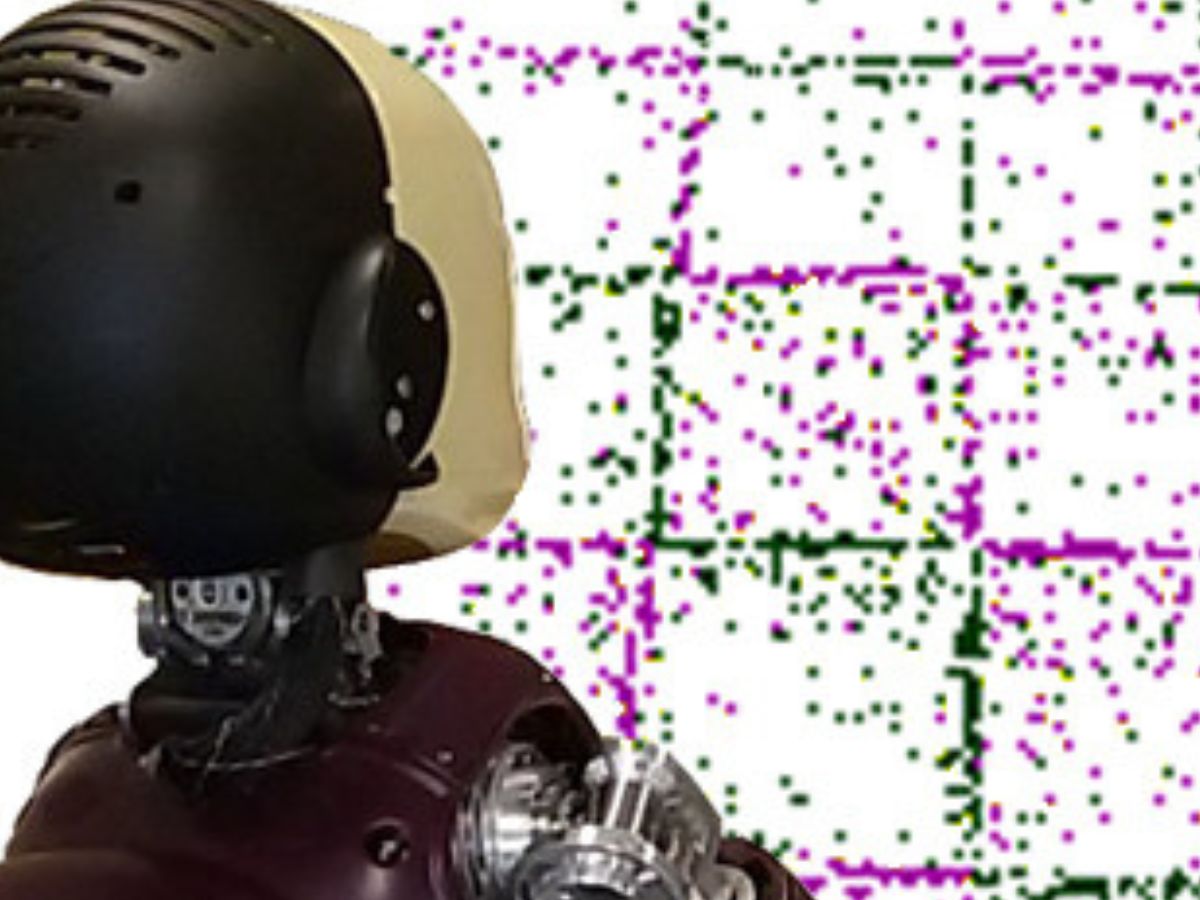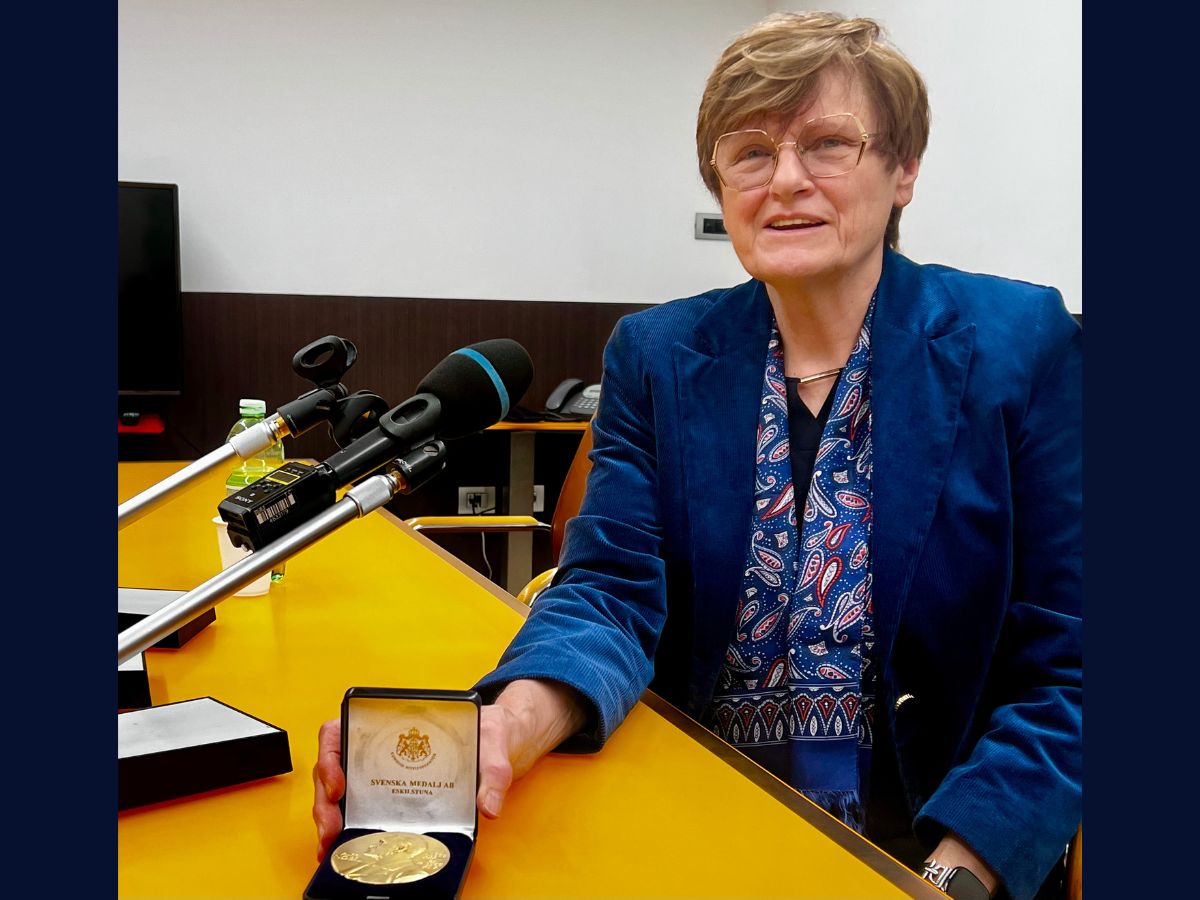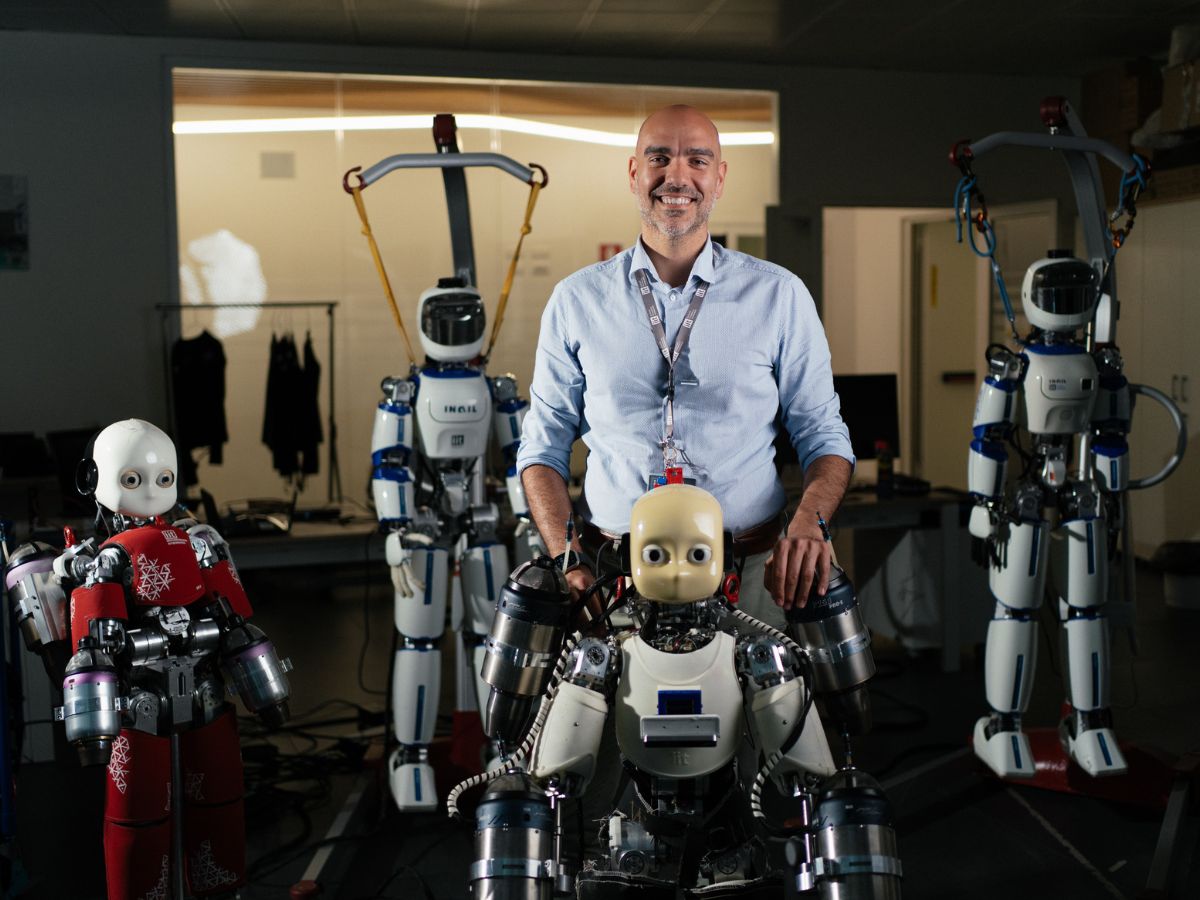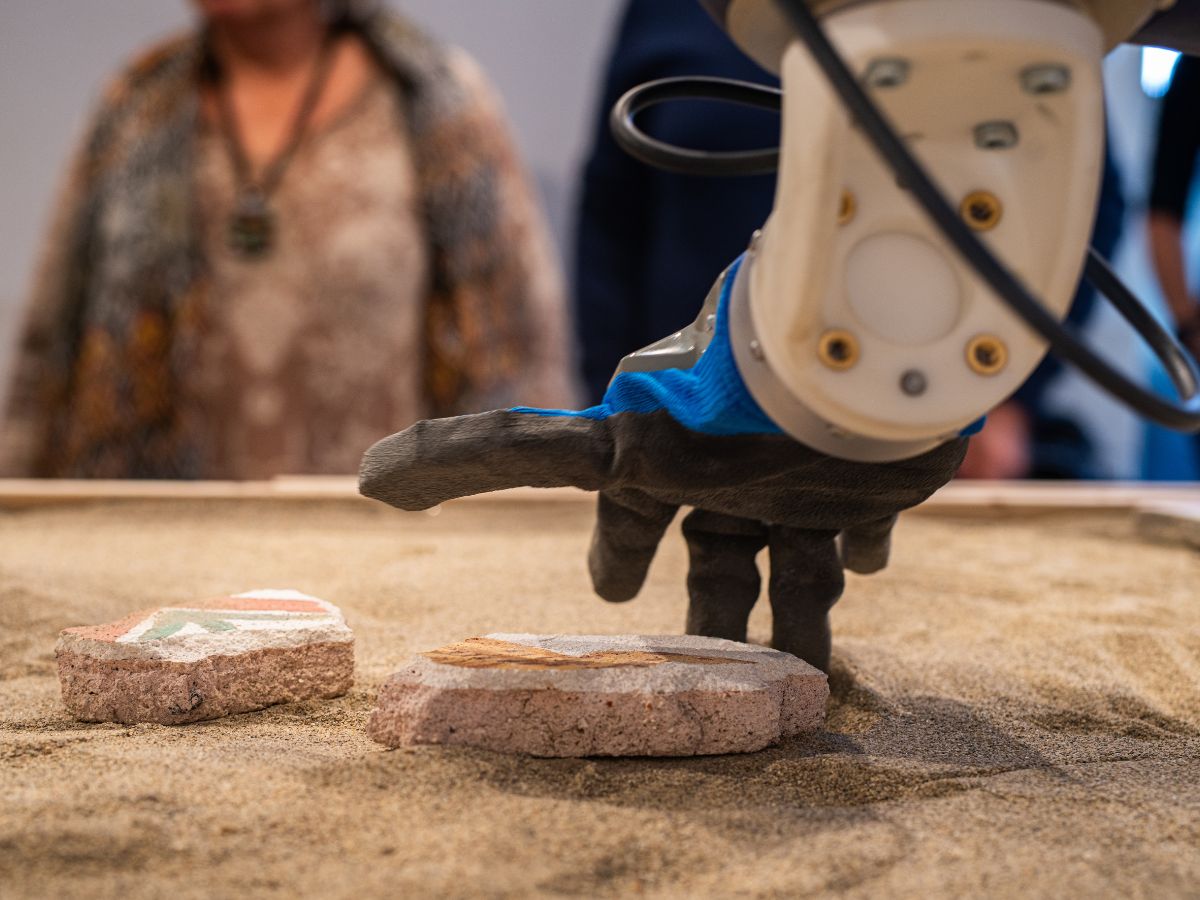Chiara Bartolozzi from the Istituto Italiano di Tecnologia is among the contributing authors
A review article about the future of neuromorphic computing by a team of 23 researchers, including Chiara Bartolozzi from Istituto Italiano di Tecnologia (IIT) was published last week in Nature. The article, titled “Neuromorphic Computing at Scale,” examines the state of neuromorphic technology and presents a strategy for building large-scale neuromorphic systems.
Chiara Bartolozzi is Principal Investigator of Event-Driven Perception for Robotics Lab at IIT in Genova whose aim is to apply the “neuromorphic” engineering approach to the design of robotic platforms as enabling technology towards the design of autonomous machines.
The review paper is part of a broader effort to advance neuromorphic computing, a field that applies principles of neuroscience to computing systems to mimic the brain’s function and structure. Neuromorphic chips have the potential to outpace traditional computers in energy and space efficiency as well as performance, presenting substantial advantages across various domains, including artificial intelligence, health care and robotics. As the electricity consumption of AI is projected to double by 2026, neuromorphic computing emerges as a promising solution.
“The paper highlights the opportunities of using neuromorphic computing at scale as a complementary approach to AI, that can offer opportunities in power efficiency, robustness and adaptability, by using inspiration from the brain both at the level of principles of computation and at the level of the hardware that supports such computation”, explains Bartolozzi.
Bartolozzi and her team at IIT are focusing on inducing a paradigm shift in robotics by introducing neuromorphic design, and more specifically in the emerging concept of Event-Driven (ED) sensing and processing. Similarly to their biological counterpart, and differently from traditional robotic sensors, ED sensory systems sample their input signal at fixed (and relative) amplitude changes, intrinsically adapting to the dynamics of the sensory signal: temporal resolution is extremely high for fast transitory signals and decreases for slower inputs.
Neuromorphic computing is at a pivotal moment, said Dhireesha Kudithipudi, the Robert F. McDermott Endowed Chair at the University of Texas San Antonio and the paper’s corresponding author. “We are now at a point where there is a tremendous opportunity to build new architectures and open frameworks that can be deployed in commercial applications,” she said. “I strongly believe that fostering tight collaboration between industry and academia is the key to shaping the future of this field. This collaboration is reflected in our team of co-authors.”
“This collaborative paper shows the community effort in sharing ideas and creating opensource tools and code for interoperability between different neuromorphic platforms, sensors and actuators in robots”, added Bartolozzi. “These tools are key to creating hybrid systems where different modules perform sensing, perception, computation and decision making.”
Bartolozzi’s group at IIT is developing opensource tools for the integration of neuromorphic computation and platforms in robotics, ranging from software libraries to FPGA-based libraries for AER communication. Moreover, they have introduced neuromorphic tactile sensors, that expand the range of available event-driven sensory modalities, and computational models for real-time robotic applications that support the deployment of neuromorphic intelligence in interaction tasks, where the intelligence can develop through the interaction of the body with the environment.
Chiara Bartolozzi has been active in the scientific community of neuromorphic intelligence for many years, also contributing to international workshops: the “Capocaccia workshop” where the community is nurtured and grown, creating synergies with the neuroscience community and with other disciplines (the next edition will be held in Sardina at the end of April); the “Telluride workshop” as an active participant, and the first Asian workshop in Bangalore, where she was invited as a clear example of the connection among the American, European and Asian groups.
Authors of the review paper are esteemed scientists from 17 institutions, national laboratories and industry partners.These include the University of Tennessee, Knoxville, Sandia National Laboratories, Rochester Institute of Technology, the University of Pittsburgh, Intel Labs, Technische Universität Dresden, the U.S. Naval Research Laboratory, Google DeepMind, the Italian Institute of Technology, UC San Diego, the Institute of Neuroinformatics at the University of Zürich and ETH Zürich, the National Institute of Standards and Technology, Oak Ridge National Laboratory, SpiNNcloud Systems GmbH, the Indian Institute of Science, Royal Holloway, University of London, and The University of Manchester.





